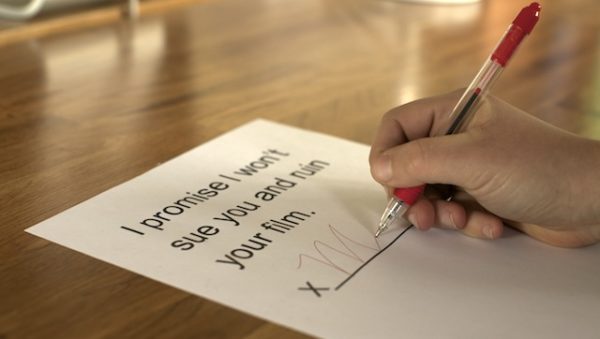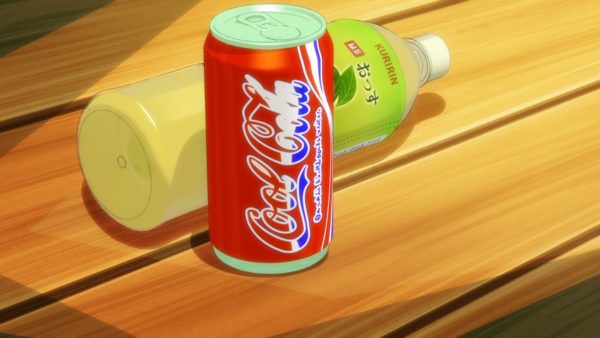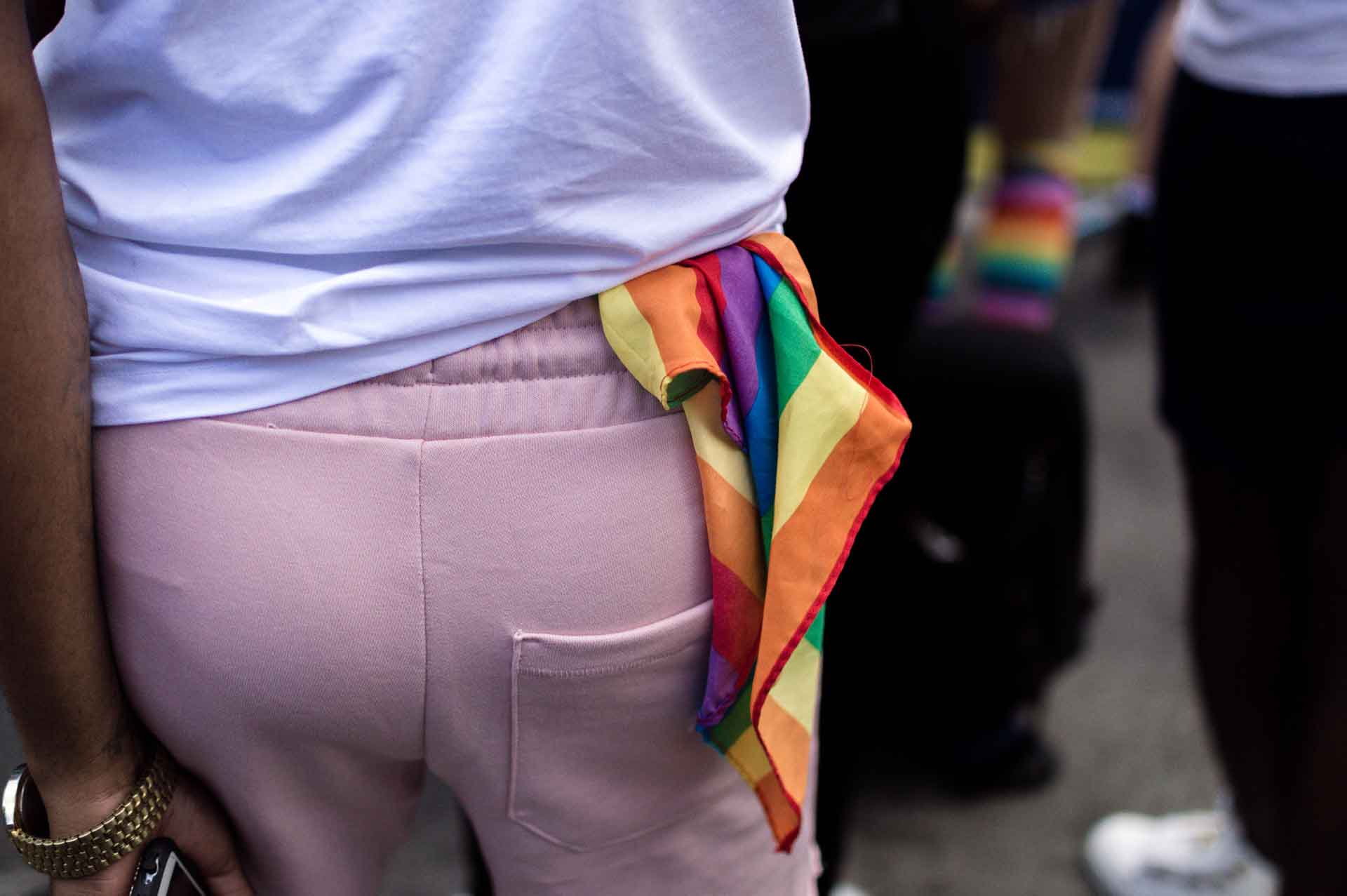
Whether you’re filming a prank video, making a skit, or talking to people in public, there are some things you should know. Protect yourself and your actors/guests from serious legal trouble and YouTube drama.
Talent Release Forms

I’ve seen YouTube pranksters double back and ask the pranked person if it’s okay to put them in their YouTube video. But video evidence may not be enough. If you feature guests in your videos, you need talent release forms. Whether your video features a normal citizen, an actor, or even another YouTuber, you should have them all sign a talent release contract.
Why?
9 times out of 10, nothing will happen. But it only takes one person to ruin your life and professional career. Filming the talent (guest) saying that they are okay with their clip being on YouTube is better than nothing but it doesn’t feature any of the nuances. The talent could sue, saying that you didn’t specify where you would release the footage after you post it to Instagram or Vimeo as well. Maybe they approve at first but when the video is released they don’t like the way they are portrayed or even their hair that day and consequentially ask you to delete the video. Talent release forms can also protect your video from the talent releasing spoilers from the video. You can get free templates from Studiobinder here. Make sure to change up your release contract to fit your video. Consult a lawyer if you are a large creator with a big fanbase or you are a pranking channel. You may want to take extra precautions.
Children Featured
Children are especially tricky to feature in your video. If the child is not the main focus and is not acting, you can get away with having a release form for the parent to sign off on, on behalf of the minor. Remember that a child in the eyes of the law is anyone under 18 in the US. So even that 17-year-old high schooler needs their parent to sign a form. If the child is acting like in Jake Paul’s video “we broke up.” which features two children reenacting their breakup conversation, you’d need a worker’s permit or license from the child’s parents on behalf of the kid. Check your local child labor laws for more information as to what you’d need.

Tattoos on Camera
If you’ve ever auditioned for a professional acting or modeling role, you’ll notice a common theme. Many will say “no tattoos” maybe even in all caps. I’ve heard time and time again, “But why Rachel? Why can’t they just cover it up with makeup or edit it out?” Because it’s cheaper to hire someone without visible tattoos. More and more people are getting tattoos and as online content creators, we have to be aware of the caution Hollywood filmmakers take so we aren’t caught off guard by a big lawsuit.
Copyright law does not specify tattoos as being copyrightable art. However, many claim that it is and successfully sue for it as well. Say the tattoo just happens to be short or it is a text tattoo, you should have no issue. Though If the tattoo is clearly visible and in the shot, you’ll need the talent to procure an art release form from the artist that did the tattoo. If you want to cover it up with makeup or duct tape, that’s an option too. Buzzfeed’s As/Is channel posted this video that closely looks at some tattoos that I would recommend getting art release forms.

Logos
Lastly, When you watch a show, you will see generic labels, stickers, or tape covering up brand logos. Reality shows often blur out logos. There are a few reasons for this. You might want to consider covering up or changing logos in your content as well. Here’s why.
Free Advertising
Free advertising is showing off a product you love and talking highly of it. Many people will do that tagging on, “There you go. Free advertising.”. That’s something we do on YouTube. But it may not be the best business decision. These companies need to spend a good amount of money on advertising. It’s essential. So why would they waste their precious money sponsoring a creator that’s already doing the work without pay? Matthew Patrick of Game Theory has mentioned several times that he’s tried reaching out to Coke to get them to sponsor him. But it’s a lost cause. Not because Coke is a big company, but likely because he already does the work.
Conflict of Interests
The other problem is the company might not want their product displayed in a certain way. Say a creator loves a certain brand of chips. They eat it on camera all the time. But then the creator does something very controversial one day. The chip company understandably might be upset at their association. That’s why many companies don’t want your free advertising. Or say I make a skit where I cut someone down with a chainsaw. If the big Craftsman logo is on the side, the Craftsman company may not like that portrayal. Failing to cover up a logo or company name in any of these conflict-of-interest situations, may result in the company at best contacting you to remove the video or at worse, sue you into oblivion.
Greeking
If you watch Anime, you may notice WcDonalds or Stars&Bucks or something of the ilk. That’s called Greeking. Greeking meaning, “Greek to me”. It’s where you create a fake brand or logo that is close enough to the original brand for people to recognize what it’s parodying but not close enough to get sued. It’s a clever and fun way to showcase a brand for story purposes without dealing with the legal aspects. MatPat should have created a fake design to cover up his Diet Coke called Diet Cool-Cola like in Nisekoi. Creating a fake brand could even be more beneficial for YouTube channels than Hollywood. Greeking a fun design could pique the interest of subscribers to include it as easter eggs or get excited to see the fake brand on the channel. It’s just something else that can add personality to a channel.








Add comment